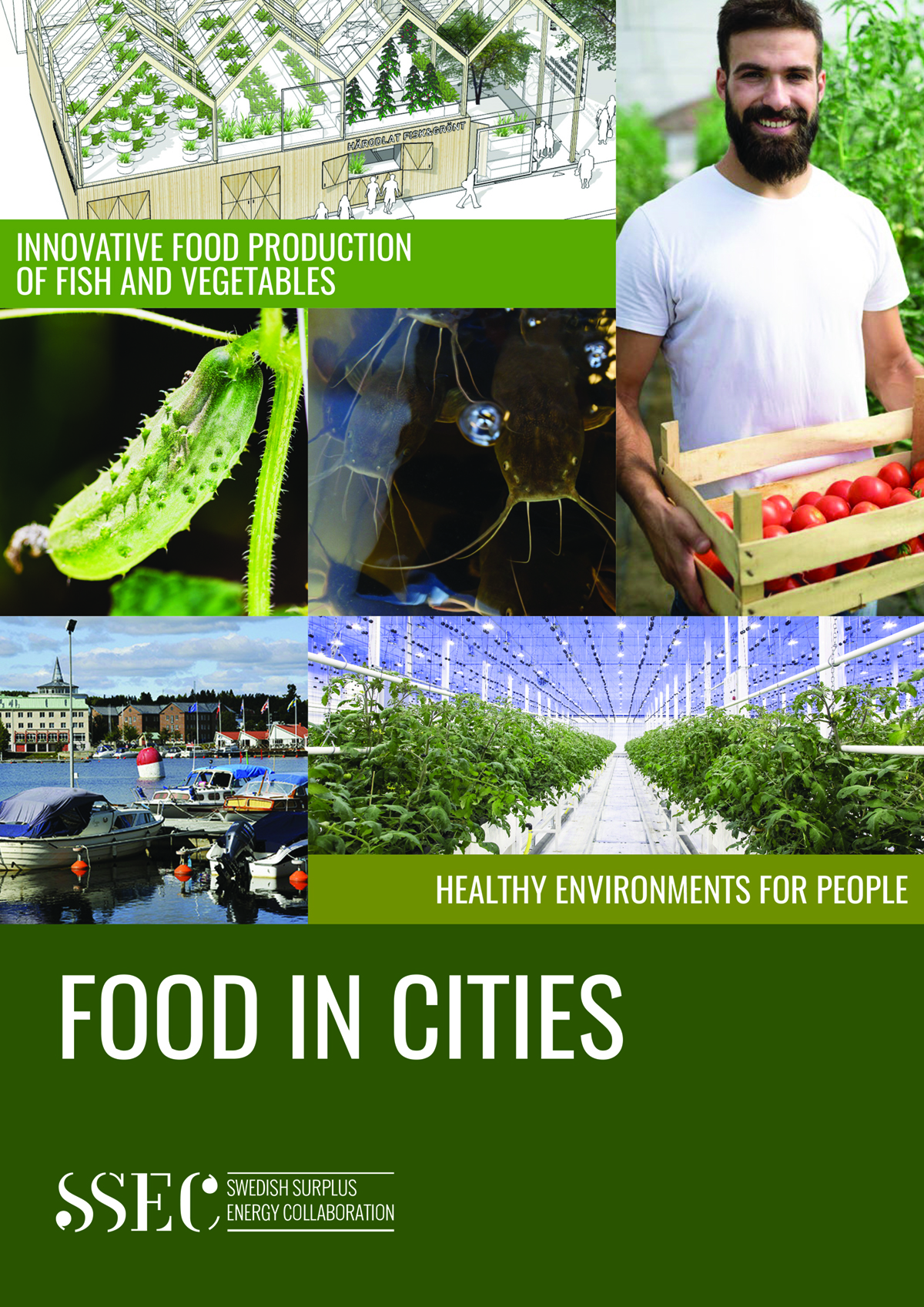SSEC-Swedish surplus energy collaboration explain in detail how excess heat from an urban district heating system creates a facility combining food production, therefore, providing local produce for greener cities
Turning excess heat into local produce
SSEC-Swedish surplus energy collaboration reveals how excess heat can be turned into local produce for greener cities. To illustrate this, we find out about Malmö, the biggest city in the southern part of Sweden. One of the many fun facts revealed about this city is that since the turn of the century, it has seen an almost 25% increase in population, partly as a result of the opening of the bridge across the Oresund linking the city to the neighbouring country, Denmark and its capital, Copenhagen.
How to utilise the residual heat from the Northern part of the harbour with the district heating and waste management facilities for creating a local urban food production is just one of the many insights offered here. We also find out that there is an opportunity for Malmö to share with three other cities connected with the Open Innovation competition “Urban Food from Residual Heat”, of which we are lavished with many details of.
We also learn about the Foodhills Industrial Park, a large-scale industrial food production site focused on sustainable climate- smart food production at an industrial scale with highly efficient fish farms, greenhouses and cold storage facilities.
Modular construction
Another compelling area discussed here concerns a modular fish farm and greenhouse that can fit in everywhere. Here, we are told about a form of modular construction that is partly based on the reuse of old shipping containers. The containers, we learn, contain a fish farm. Further details are provided, including the fact that a number of glulam greenhouse modules can be added, and wooden containers for staff functions, as well as social spaces from a café to a classroom or even market stalls. I hope that you find the details of the success stories detailed here inspiring.


